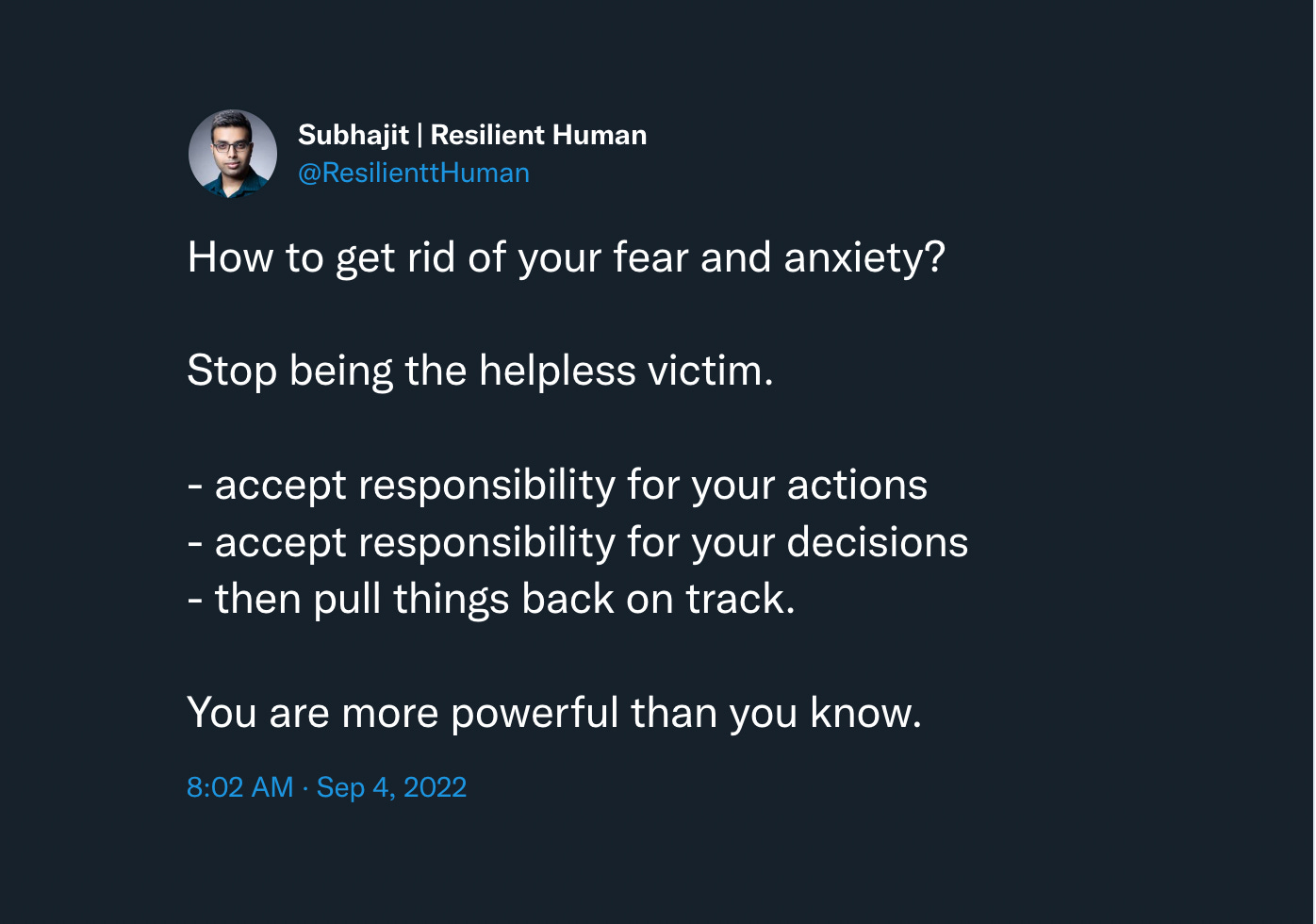The Evolution of Trust: Why It's So Hard for Us to Spot Deception
We went from depending on it for survival to being exploited.
“The best way to find out if you can trust somebody is to trust them.” — Ernest Hemingway
Evolutionarily, it would make sense for humans to be hardwired to trust. After all, trusting others is essential for building solid relationships, and cooperation is key to survival.
But is that why it’s so hard for most of us to spot deception?
Let’s take a closer look at the evolution of trust and see how it has played out in both primitive and modern times.
What is Trust?
Trust can be defined as:
“belief in the reliability, truth, ability, or strength of someone or something.”
In other words, when we trust someone, we believe that they are reliable, honest, and capable. We believe that they will not betray us or let us down.
But, while trust is essential for cooperation, it also makes us vulnerable to deception.
Why is that?
One reason may be that our brains are comfortable seeing the world in black-and-white terms, making it difficult to accept that people may not always be honest with us.
We want to believe that everyone is trustworthy because it makes us feel safer and more secure.
But another reason why we find it so challenging to spot deception may have nothing to do with evolution or our hardwiring as human beings.
It may be because we live in a world where deceit has become sophisticated, and deceptive people have mastered the art of manipulation.
Whatever the reason may be, one thing is sure: spotting deception is not easy, but it’s something that we all need to learn how to do if we want to protect ourselves from being taken advantage of by others.
Deception is a complicated and nuanced topic.
To understand why it’s so hard to spot deception, we must look at the different types of deception and how people can use it. We also need to understand the psychology of trust and how we can trick our brains into seeing things that aren’t there.
The Evolution of Trust
We can trace the evolution of trust back to our earliest ancestors. In primitive times it was essential for survival. If you couldn’t trust your fellow cavemen, you were far less likely to survive than those who could find food, shelter, and protection.
As such, it made sense from an evolutionary standpoint for humans to be hardwired to trust.
But fast-forward to the modern day, and the picture looks very different. In today’s connected world, we no longer rely on others for survival as our ancestors did.
We can get food and shelter without help from others. We can even get protection without being part of a close-knit group. And yet, despite all these changes, we still find it incredibly difficult to spot deception.
It is believed that the ability to trust evolved in humans to ease cooperation. In small, close-knit groups, it would have been essential for individuals to be able to rely on each other to survive.
Over time, this ability to trust became hardwired into our brains.
Even today, we are often more likely to trust someone if they are part of our social group.
In the modern world, we are bombarded with information from people we don’t know and can’t always be sure of their motives. This can make it very difficult to spot someone lying or trying to take advantage of us.
There are a few ways to try and overcome this problem.
One is being more skeptical of people we don’t know well. Another is to pay attention to the nonverbal cues that may betray a person’s true intentions. And finally, we can try to cultivate a more distrusting attitude in general, which will make it easier for us to spot deception when it does occur.
Trust’s evolution has been a complex process, and it’s still unfolding today.
As our world becomes connected, it’s more important than ever for us to be able to spot deception and protect ourselves from being taken advantage of. But by understanding the origins of trust, we can also learn to use it more in our own lives.
Trusting others is essential for building solid relationships.
It’s no secret that humans are social animals. We rely on others for food and shelter, protection, and companionship. To function in society, we need to be able to trust others.
“He who does not trust enough will not be trusted.” — Lao Tzu
The Different Types of Deception
There are many different types of deception, but they can be divided into two main categories:
Personal deception is when someone deceives themselves. It’s when they believe something to be true that is not true. For example, a person might think they are in a relationship with someone who loves them when in reality, that person only uses them for their gain.
Social deception is when someone deceives others. It’s when they say or do things that are not true to get what they want from other people. For example, a person might pretend to be interested in someone else’s life to gain their trust and then use that information to exploit them later.
Deception is effective because it takes advantage of our brain’s natural tendency to trust others. And this is why it’s so important to be aware of how people can use deception. Because if we’re not careful, we might be taken advantage of by those who know how to exploit our trusting nature.
The Different Ways That People Use Deception
People can use deception in many different ways, but there are four main types of deceptive behavior:
Lying is when someone says something they know to be false to mislead or deceive others. For example, people might lie about their age, job, or relationship status to appear more attractive to potential partners.
Omission: This is when someone leaves out essential information that gives a complete picture of the situation. For example, a person might omit to mention that they have a criminal record when applying for a job.
Concealment: This is when someone hides something important from others. For example, someone might conceal their true feelings about someone to avoid conflict.
Manipulation is when someone tries to control or influence another person’s behavior through fraudulent means. For example, someone might manipulate someone into doing something they don’t want to do by lying or withholding information from them.
We all do some of these things occasionally, but some people use deceptive behavior more frequently than others. And some do it systematically and deliberately to exploit other people. And when people use deception to gain an advantage over others, it has serious consequences.
The Psychology of Trust
Trust is an essential part of any relationship. Still, it can also be exploited by those who know how to do it.
If we didn’t trust others, we would never have been able to form cooperative relationships, and we would have become extinct.
Nowadays, trusting others is not essential for survival, but our brains still haven’t evolved to catch up with this change. This means that we are still very prone to being deceived.
Research shows that some people are more likely to trust a trustworthy-looking individual than someone who doesn't appear trustworthy.
Our brain uses many different cues to decide whether someone is trustworthy.
For example, we are more likely to trust someone like us, with whom we have positive associations, or who has been recommended to us by someone else. We are also more likely to trust someone who appears confident, competent, and likable.
Unfortunately, these cues are not always accurate.
“It is mutual trust, even more than mutual interest, that holds human associations together.” — H. L. Mencken
So there you have it! A brief overview of the evolution of trust and why it’s so difficult for most of us to spot deception.
I hope this has given you something to think about the next time you’re trying to decide whether someone is being truthful with you!
What do you think about the evolution of trust? Do you think it’s essential for cooperation, or do you think it makes us vulnerable to deception?
Let us know in the comments!
© Alejandro Betancourt, 2022. All Rights Reserved.








